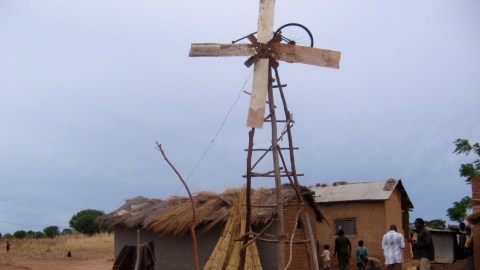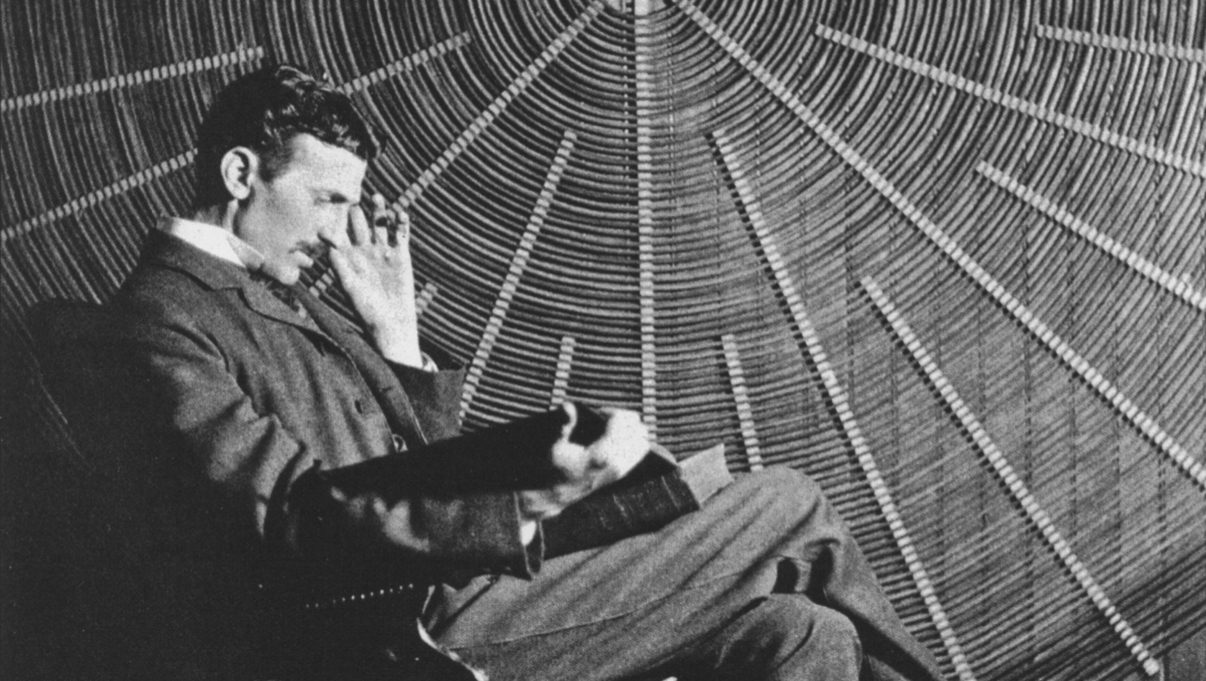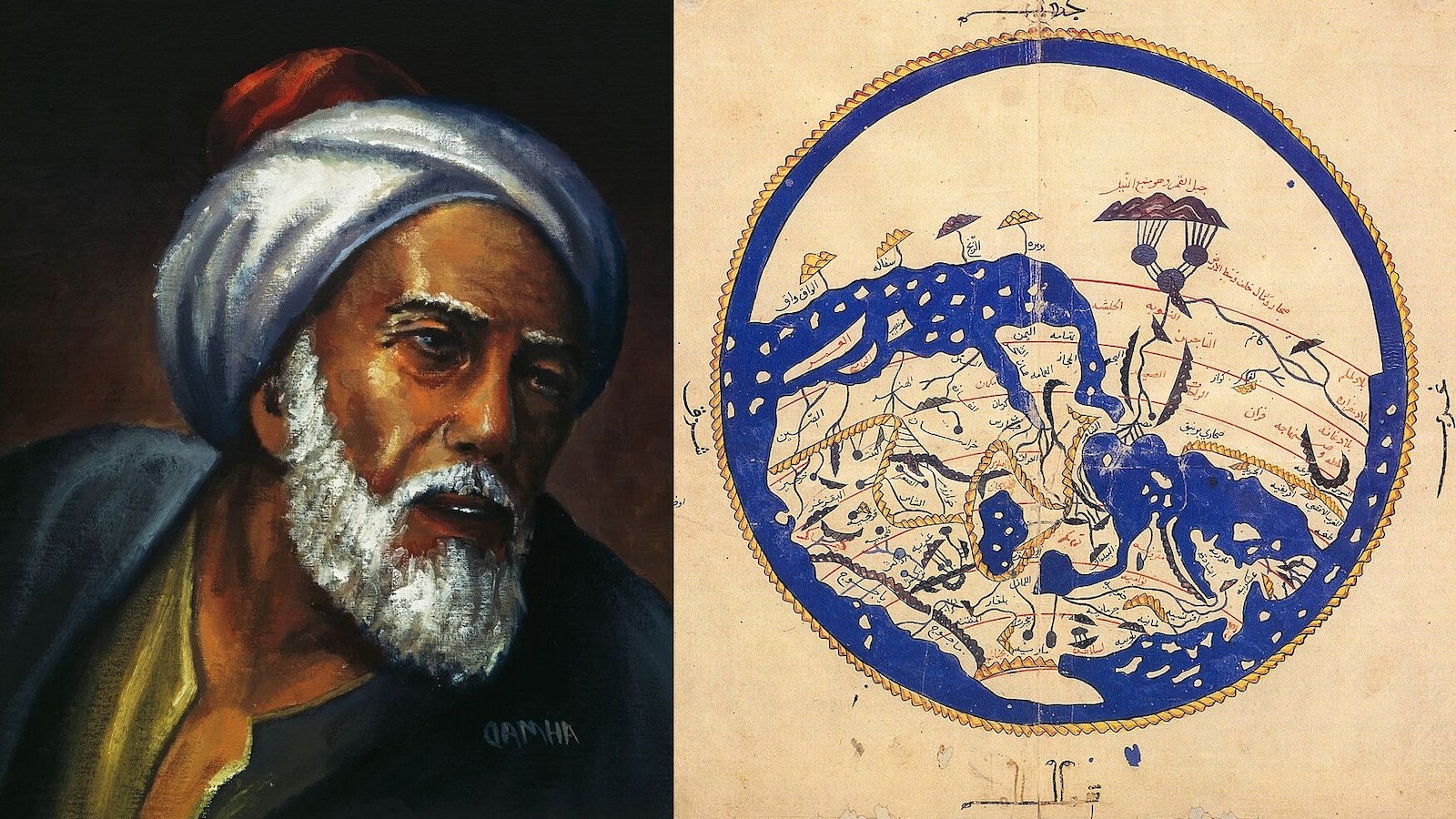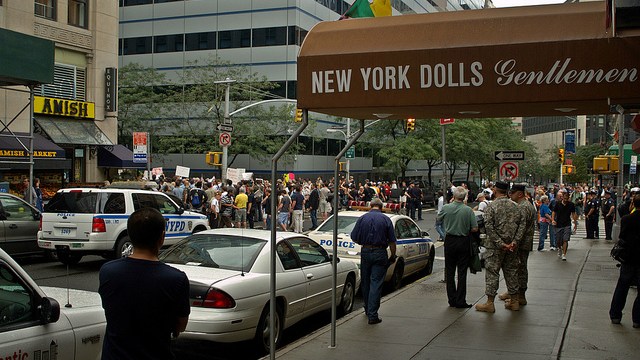William Kamkwamba and the Case for Make-Do Entrepreneurship

At the age of 14, amidst poverty and famine, a Malawian boy by the name of William Kamkwamba built a windmill from scrap to power his family’s home. Living on one meal per day, William had been forced to drop out of school because his family could no longer afford the school fees. But determined to pursue his inherent curiosity, William had found a local library and buried himself in physics books, learning English along the way while poring over the diagrams and illustrations. Armed with some technical understanding and a lot of entrepreneurial restlessness, he scoured his village for spare hardware and junk, eventually building a windmill that pumped water for irrigation and produced electricity.
Eight years later, he shared his story with the world in The Boy Who Harnessed the Wind: Creating Currents of Electricity and Hope.
In 2008, TED’s Tom Reilly directed Moving Windmills: The William Kamkwamba Story, a documentary that went on to sweep the festival award circuit last year.
Kamkwamba’s story matters now more than ever, not merely as a powerful case study of human entrepreneurship, but also because it offers the sort of credibility and inspiration that can empower a new generation of make-do entrepreneurs. Fittingly, “making do” seems to be the implicit theme of this year’s Maker Faire, Africa’s premiere festival of art, craft, science and technology. (For more on the event, see The Atlantic‘s excellent coverage.)
Maria Popova is the editor of Brain Pickings, a curated inventory of miscellaneous interestingness. She writes for Wired UK, GOOD Magazine and Huffington Post, and spends a shameful amount of time on Twitter.





